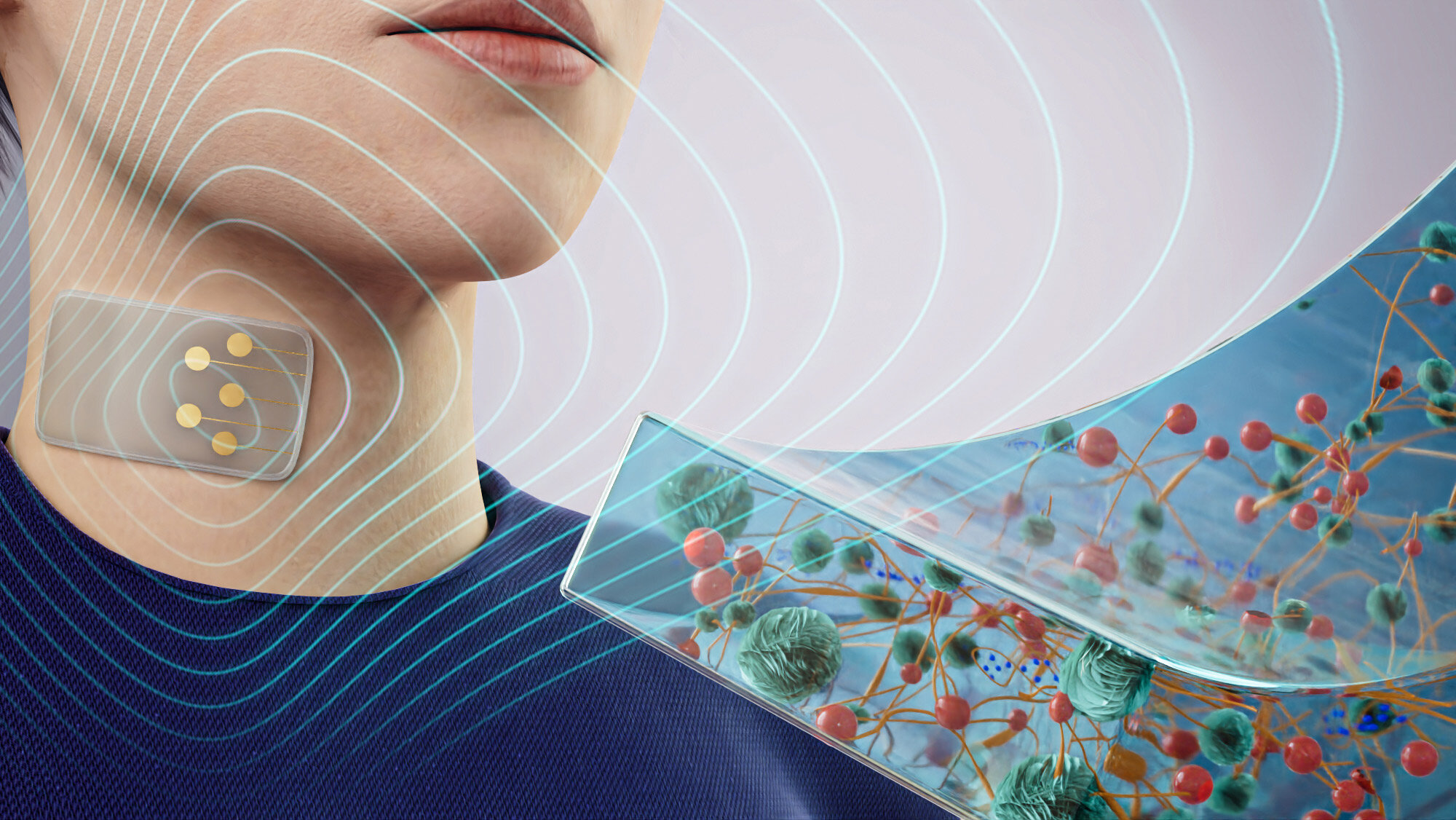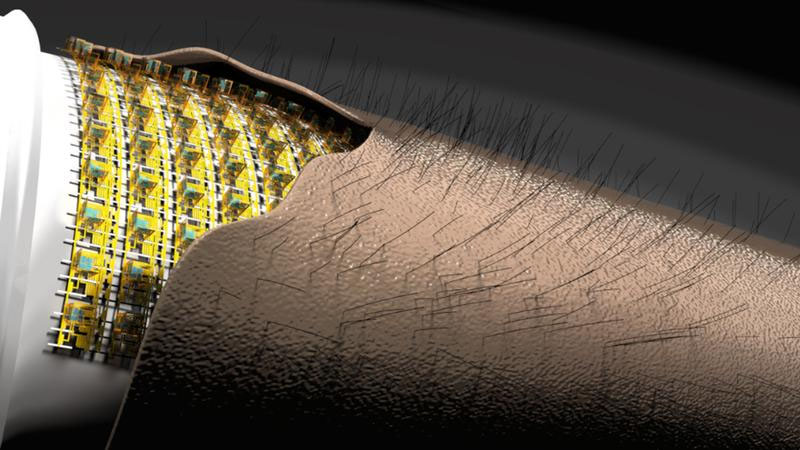
With more than 1,000 nerve endings, human skin is the brain’s largest sensory connection to the outside world, providing a wealth of feedback through touch, temperature and pressure. While these complex features make skin a vital organ, they also make it a challenge to replicate.
By utilizing nanoengineered hydrogels that exhibit tunable electronic and thermal biosensing capabilities, researchers at Texas A&M University have developed a 3D-printed electronic skin (E-skin) that can flex, stretch and sense like human skin.
“The ability to replicate the sense of touch and integrate it into various technologies opens up new possibilities for human-machine interaction and advanced sensory experiences,” said Dr...
Read More






Recent Comments